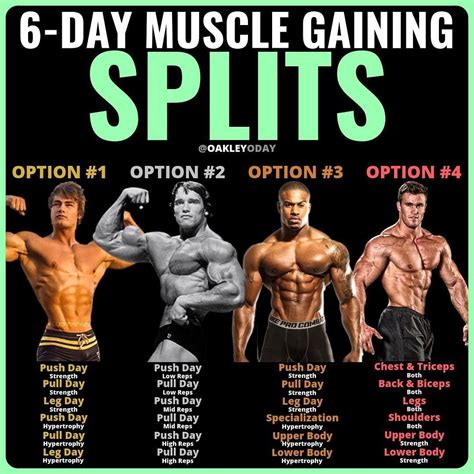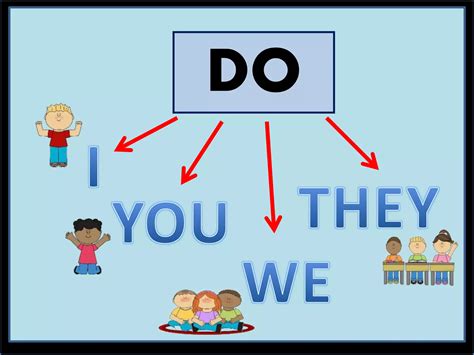Maximize strength & energy with only 3 workouts/week? What’s the optimal split?

The Power of Three: Why Less Can Be More
In a world often equating more with better, the idea of maximizing strength and energy with only three workouts per week might seem counterintuitive. However, for many busy individuals, fitness enthusiasts, or even advanced lifters, a well-structured three-day split can be incredibly effective. The key lies not in the volume of training days, but in the intensity, intelligence, and consistency applied during those sessions. This approach allows for ample recovery, crucial for muscle repair and energy replenishment, while still providing sufficient stimulus for adaptation and growth.
The benefits extend beyond just physical gains; a focused three-day routine can significantly reduce gym fatigue, prevent overtraining, and make adherence much more sustainable over the long term. This article will delve into the science behind effective three-day training and reveal the optimal splits to help you achieve your strength and energy goals.

The Optimal 3-Day Workout Splits
When you’re limited to three training days, the goal is to hit each major muscle group effectively, stimulate growth, and allow for recovery. Here are the most effective splits:
1. Full-Body Split (3x/Week)
This is arguably the most popular and effective 3-day split. You train your entire body in each session, typically on non-consecutive days (e.g., Monday, Wednesday, Friday). This allows for 48-72 hours of recovery between sessions for each muscle group, which is ideal for growth and energy replenishment. The beauty of a full-body split is its frequency – you stimulate each muscle group three times a week, which is excellent for strength and hypertrophy, especially for beginners and intermediates.
Advantages: High frequency for muscle groups, great for strength development, flexible scheduling, and excellent for metabolic conditioning when properly structured.
Disadvantages: Each session can be long and demanding; requires careful exercise selection to avoid overtraining specific muscle groups within a single session.
2. Upper/Lower/Full (3x/Week)
This split offers a good balance between direct muscle focus and overall body stimulation. A common structure would be: Day 1 (Upper Body), Day 2 (Lower Body), Day 3 (Full Body). You’d typically place rest days strategically around these workouts. This allows for slightly more volume on specific body parts on their dedicated days, while the full-body day ensures everything gets touched again.
Advantages: More focused attention on upper and lower body parts, still maintains good frequency for the entire body, potentially less fatiguing per session than a pure full-body workout.
Disadvantages: Requires careful planning to ensure no muscle group is neglected or overtrained across the three days.

Key Principles for Maximizing Results
Regardless of the split you choose, certain principles are non-negotiable for success:
- Progressive Overload: This is the cornerstone of muscle growth and strength. You must continuously challenge your muscles by increasing the weight, reps, sets, or decreasing rest times over time. Without this, your body has no reason to adapt and get stronger.
- Compound Movements: Prioritize exercises that work multiple muscle groups simultaneously, such as squats, deadlifts, bench presses, overhead presses, and rows. These are the most efficient exercises for building overall strength and muscle mass.
- Intensity and Effort: Make your three workouts count. Train close to failure on most working sets, ensuring you’re stimulating your muscles adequately. Quality over quantity is paramount here.
- Nutrition: Your diet fuels your performance and recovery. Ensure you’re consuming enough protein for muscle repair, sufficient carbohydrates for energy, and healthy fats for hormonal balance. Staying hydrated is also crucial.
- Sleep and Recovery: Muscle growth happens outside the gym. Aim for 7-9 hours of quality sleep per night. Allow sufficient rest days between your workouts for your body to repair and rebuild.

Sample 3-Day Full-Body Split
Here’s a template for a highly effective full-body routine:
Workout A (Monday)
- Barbell Squats: 3 sets of 5-8 reps
- Bench Press: 3 sets of 5-8 reps
- Barbell Rows: 3 sets of 8-12 reps
- Overhead Press: 2 sets of 8-12 reps
- Plank: 3 sets, hold for 30-60 seconds
Workout B (Wednesday)
- Deadlifts: 3 sets of 3-5 reps (or Romanian Deadlifts: 3 sets of 8-12 reps)
- Incline Dumbbell Press: 3 sets of 8-12 reps
- Pull-ups/Lat Pulldowns: 3 sets of 8-12 reps
- Dumbbell Lunges: 3 sets of 10-12 reps per leg
- Face Pulls: 3 sets of 12-15 reps
Workout C (Friday)
- Leg Press: 3 sets of 8-12 reps
- Push-ups/Dips: 3 sets to failure or 8-12 reps
- Seated Cable Rows: 3 sets of 8-12 reps
- Dumbbell Shoulder Press: 2 sets of 8-12 reps
- Calf Raises: 3 sets of 15-20 reps
- Bicep Curls / Tricep Pushdowns: 2 supersets of 10-15 reps each

Conclusion: Consistency is Your Greatest Asset
Maximizing strength and energy on a three-day-a-week schedule is not only possible but highly recommended for sustainable, long-term progress. The key differentiator for success isn’t the number of days you spend in the gym, but the quality of those sessions and your commitment to the principles of progressive overload, proper nutrition, and adequate recovery. Choose a split that aligns with your preferences and lifestyle, stay consistent, and push yourself during each workout. You’ll soon discover that less truly can be more when it comes to building a strong, energetic physique.








